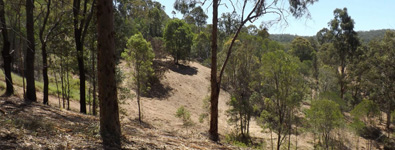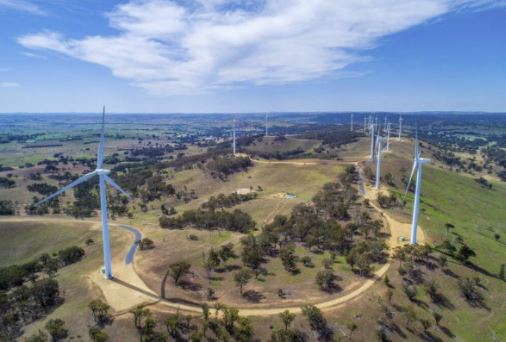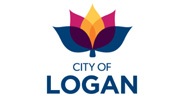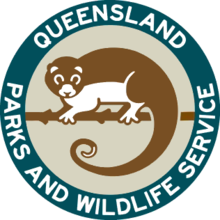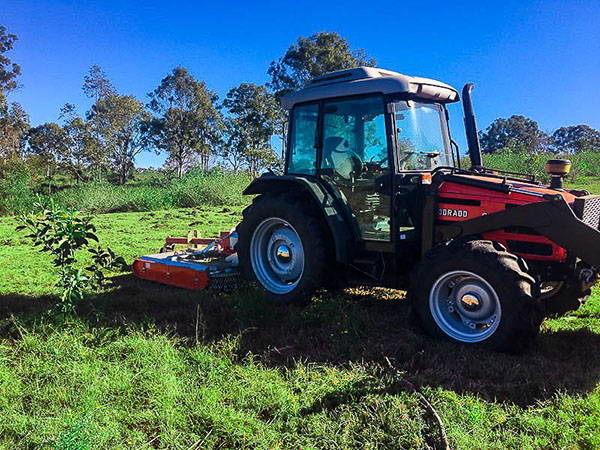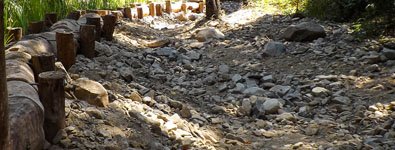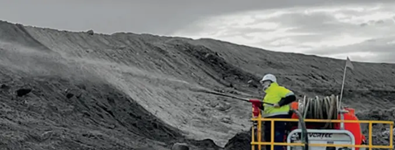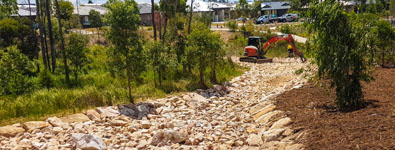What is involved in the offset revegetation process?
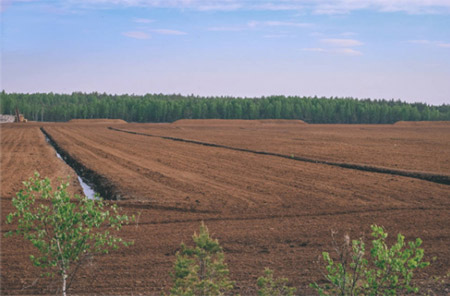
If you are planning a wind farm project, the offset revegetation process will generally involve the following steps:
1. Evaluating the types of native vegetation you are proposing to remove from the wind farm site and the impact
2. Finding a new site to offset the carbon produced
3. Applying for a project permit, including the offset information
4. Permit approval, with offset obligation becomes a condition of the permit
5. Negotiating with an offset landowner
6. Signing contracts with the landowner
7. Documenting the transaction on the register
8. Removing of native revegetation
9. Revegetation begins at the offset site
10. Site is maintained and handed back to owner to manage
Here at Total Environmental Concepts, we can help you at any stage of the offset revegetation process, from planning or negotiation to revegetation, until the site is ready to hand back to the owner to manage.
Are there different types of offsets?
Yes, offsets fall into two categories:
- A species offset – required when the removal of native vegetation has a significant impact on habitat for a rare or threatened species.
- A general offset – required when the removal of native vegetation does NOT have a significant impact on habitat for rare or threatened species.
How are sites revitalised using offset revegetation?
We have specialised machinery to undertake all offset revegetation projects, while adhering to WHS standards and meeting compliance requirements. We also use a variety of plants, as per project needs, while adhering to efficient field practices.
What happens after the offset revegetation process?
After planting, we maintain your site, by watering, weed control, slashing, and attending to plant health, until it is ready to hand back over. This can include firebreak installation.
CONTACT
TOTAL ENVIRONMENTAL CONCEPTS
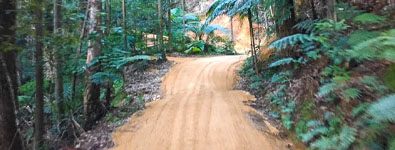
TRACK AND FIRE TRAIL CONSTRUCTION
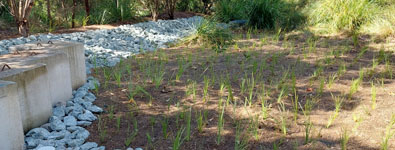
BIORETENTION BASIN MANAGEMENT
